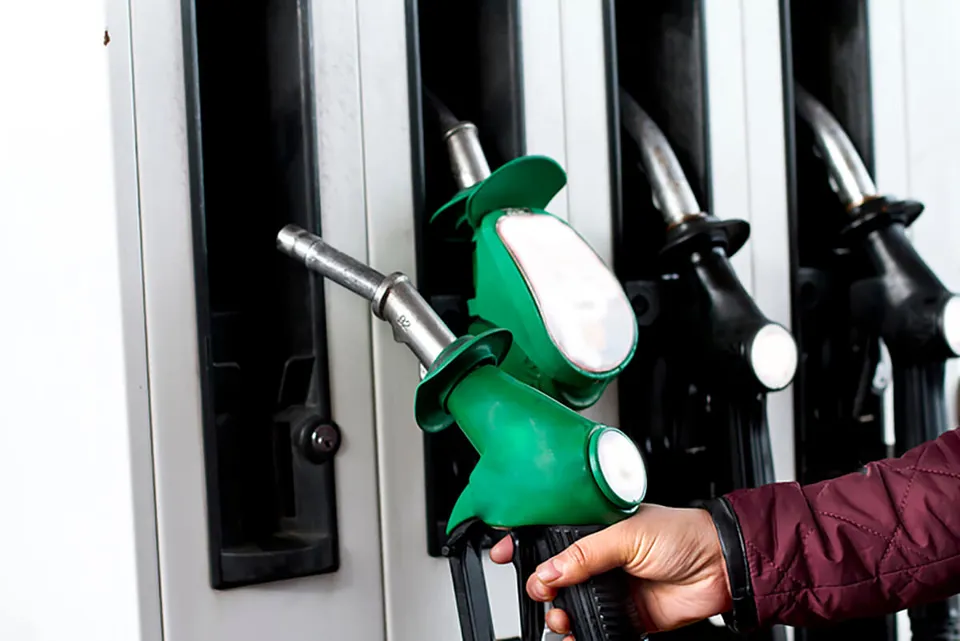“This crude oil increase will feed through the supply chain and could result in prices going up by as much as 4ppl in the next three weeks,” said RMI Petrol chairman Brian Madderson.
“The outlook remains extremely difficult for motorists and retailers alike. As I forecast earlier this summer, we could be seeing new record pump prices within six months. This will impact really seriously on businesses.”
The average cost of petrol is already £1.16, with many rural areas already close to £1.20.
Diesel – the fuel of choice for most fleets – is already an average of £1.19.5 a litre. It is predicted that this will rise to £1.23 within days and then possibly over £1.32 by the end of the year.
“A price of £1.32 is certainly possible,” warns Irwin. “The question is whether this will be a short-term high or an average price over an extended period. This is very difficult to say – prices are balanced on a knife edge. But if the economy continues to improve prices will go up.”
Many areas are already being hit with the first wave of increases with several areas of the country now paying over £1.20 a litre for diesel. While the islands around the UK have the highest prices - £1.30 on the Isle of Mull - regional variances can be dramatic. For example, the average price in Cambridgeshire is now £121.8p per litre, while in neighbouring Leicestershire it is 2.5p per litre cheaper.
There is a 16p per litre differential between the country’s highest-priced diesel outlet and the cheapest.
Both the RMI (Petrol) and the Fuelcard Company are calling on the Government not to introduce the fuel duty increases. Currently 75% of the cost of a litre of fuel goes on taxes and duty.
Click here to read how Asda is bucking the trend and cutting its fuel prices.

















Login to comment
Comments
No comments have been made yet.